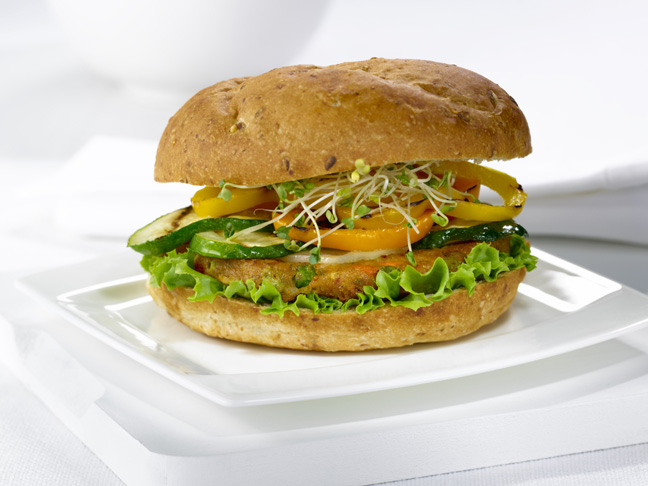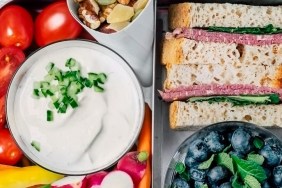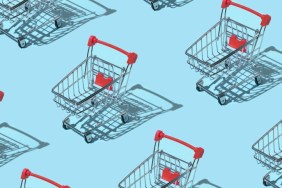Back in the ’90s, my parents became total health nuts, very concerned about losing weight and keeping their hearts healthy. Of course, back then, “healthy” meant a pantry full of low-fat cookies, margarine on our toast, bran cereal for breakfast, and pasta most nights (because it was fat-free). Since then, we’ve learned that processed food, even if it’s low-fat is, well, crap. Call it very unhealthy healthy food. We’ve learned that sugar is the devil. And we’ve learned that white carbs are the devil’s cousin, demon spawn. Point being: Just when we feel comfortable with our healthy diets, some study comes out warning us about the dangers of the foods that we thought were so good for us. And all of those foods that we thought were so horrible like, say, butter, are suddenly superfoods. Really? I mean, it’s enough to make you go vegan…if going vegan were actually healthy…which it is…or maybe it’s not? Who knows?!
But back to the healthy stuff that’s not so healthy. We talked to nutritionist Lisa De Fazio, RD to get the skinny on what so-called healthy foods to watch out for. See a round-up of the most unhealthy healthy foods around.
More Nutrition Tips:
Very Unhealthy Healthy Foods
-
Veggie Burgers
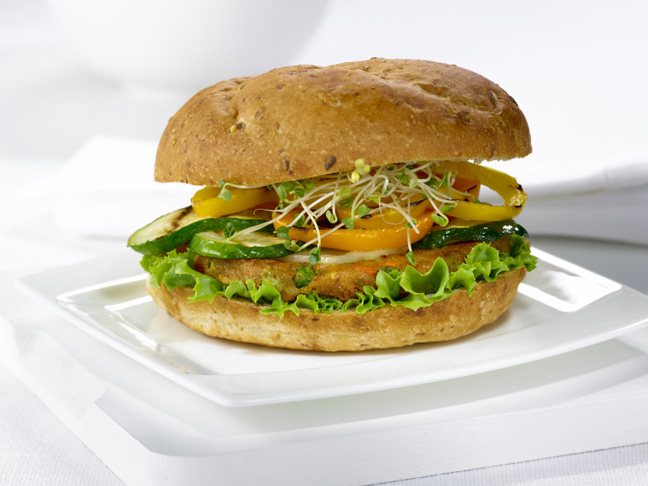
We're all for Meatless Monday, but many store-bought, frozen veggie patties are processed and have unnecessary ingredients and fillers, none of which add up to the nutritional benefits of actual vegetables. Try making your own spicy black bean burgers, which are fresh and filling.
Photo: Getty
-
Veggie Chips
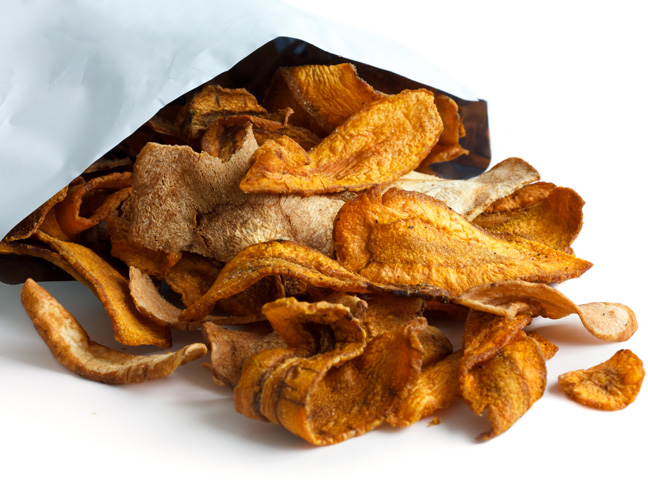
The word "veggie" might make you think you're getting the good stuff, but store-bought veggie chips often made of mostly potato starch and coloring, without any actual real vegetables, according to Prevention. A better bet is to make your own.
Photo: Getty -
Low-Fat Cookies

If you want to lose weight, a proper portion of a low-fat cookie will certainly be less calories, but from a health perspective, they're just garbage. Many are loaded with extra sugar to compensate for the lack of fat, and they're also highly-processed. If you want a sweet indulgence, treat yourself to a fresh bakery cookie.
Photo: Getty -
Multi-Grain Bread
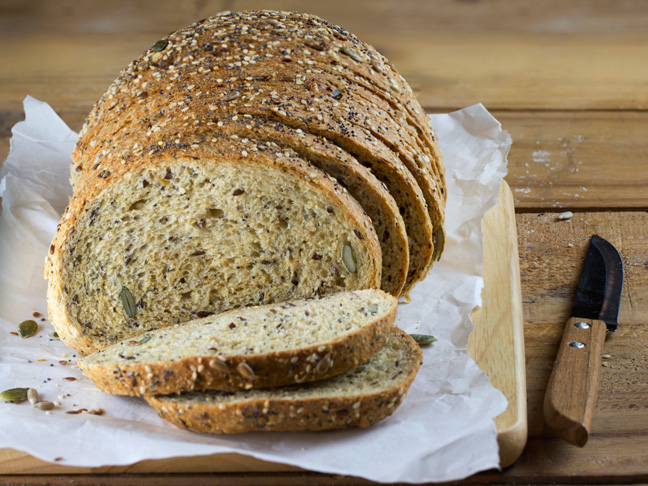
Whole grain bread sounds like it would be full of healthy fiber, but if the first ingredient has the word "bleached," "unbleached," "enriched," or "white," then it's not really a 100% whole grain bread.
Photo: Getty -
Fat-Free Yogurt

While your favorite morning yogurt might be low in calories and fat, in order to make it taste good, it's often loaded with sugar. A serving of flavored yogurt often contains anywhere from 10 to 15 grams of sugar. You're better off trying plain Greek yogurt, which is high in protein, and flavoring it with honey and fresh berries.
Photo: Getty -
Packaged Turkey Slices
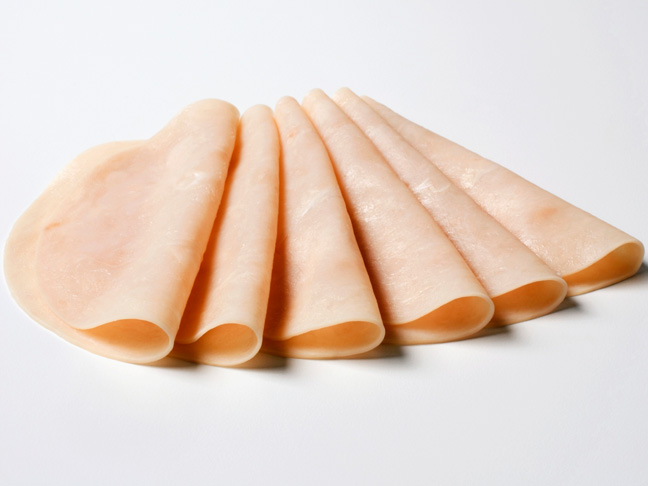
Sure, turkey is far healthier than something like ham, but the packaged deli slices actually contain unhealthy amounts of sodium -- around 550 mg in just two ounces. You're better off with fresh roasted turkey which you can make yourself or buy at the deli counter.
Photo: Getty -
Sushi
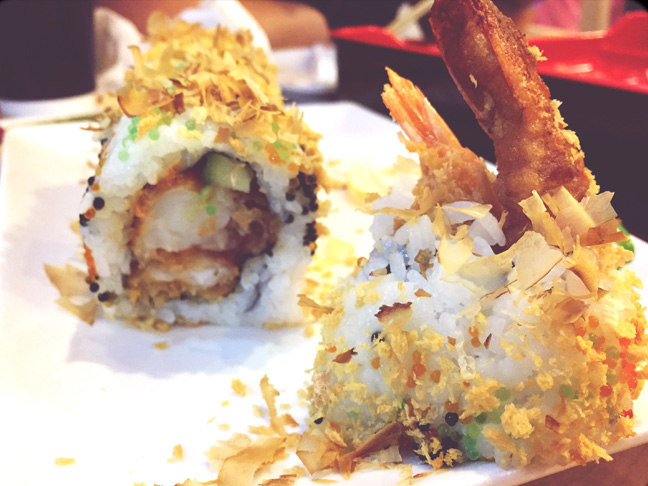
Certain fish commonly found in sushi -- like tuna -- is high in mercury. Additionally, sushi rolls can be incredibly fattening. If it's got spicy mayo, tempura, or any kind of heavy sauce, then you're piling calories and fat on to what could be a very light, healthy meal. Keep it healthy by skipping the fried stuff and fatty sauces, choosing brown rice instead of white, and choosing the right mix of fish (tuna and other fish high in mercury are fine to eat once a week, just not every day).
Photo: Getty -
Salads
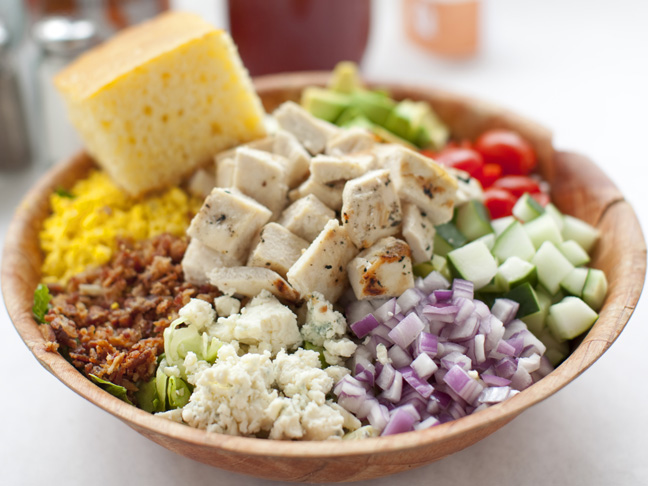
Sure, they're sort of like the hallmark of healthy eating, but just because a dish has lettuce and veggies in it, doesn't mean it's good for you. "Ready made tuna or chicken salads are loaded with fat and calories from the mayonnaise, says Lisa De Fazio, RD. "And once you add blue cheese, ranch dressing, or bacon to your simple green salad, you might as well get a burger." She recommends making your own chicken salad using light mayo and Greek yogurt. When ordering salads, she suggests choosing Italian or balsamic vinaigrette, and skipping the fatty extras like cheese, bacon, and croutons.
Photo: Getty -
Gluten-Free Foods
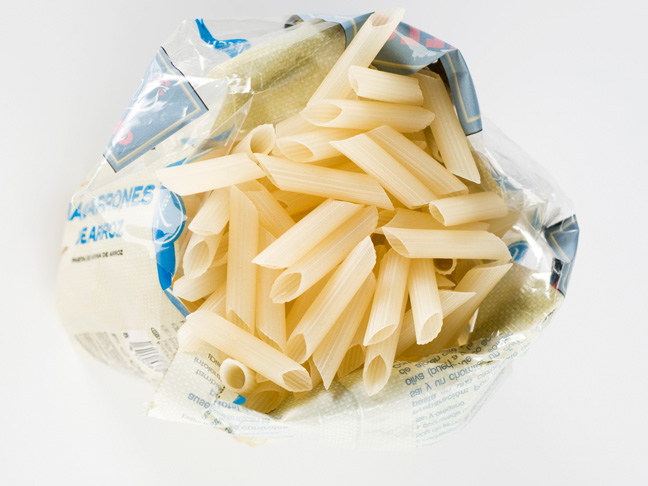
These days, it seems like everyone is going gluten-free, convinced it will help them lose weight and feel better. If you don't have celiac disease or a gluten intolerance though, the GF packaged foods are actually worse for you than the wheat-based products. "Many gluten-free products contain extra fat, sodium, calories and dairy to compensate for the lack of gluten," warns Lisa De Fazio, RD. A piece of Ezekiel bread would be far better for you than the potato-based gluten slice! A real cookie would be a far better alternative than the gluten-free brownie, loaded with extra sugar! If you really want to stick to a gluten free diet, skip the packaged foods. Just eat clean, choosing alternative starches like sweet potatoes, rice and quinoa, instead of the overly-processed gluten-free pastas and breads.
Photo: Getty -
Fat-Free Milk
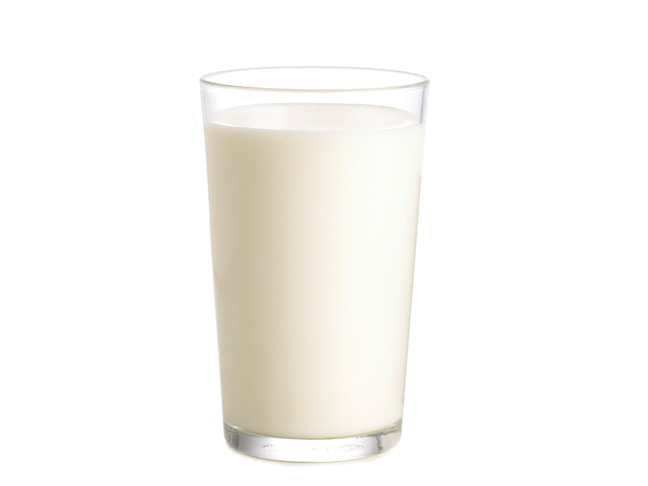
If you're trying to lose weight, cutting down on fat and calories is a good call. Thing is, many dairy brands add extra sugar to their milk when they remove the fat, to improve the flavor. "You actually need fat in your diet because it increases satiety and helps your body absorb fat-soluble vitamins," says Lisa De Fazio, RD. Her advice: Try almond milk if you want to cut calories, or switch to 2 percent which still has the needed fat, but not as much as whole milk.
-
Soy
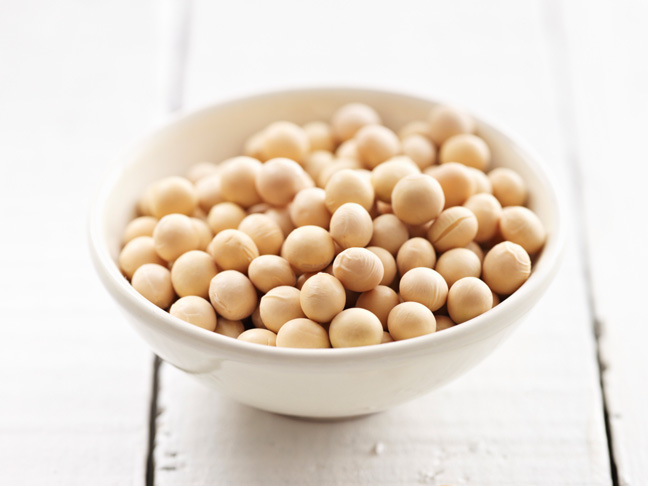
There have been numerous studies looking into the health benefits and detriments of soy (which comes from soya beans, pictured), and the results are mixed. According to US News & World Report, the isoflavones in soy can speed up the growth of precancerous cells, but it can also reduce a woman's risk of developing certain cancers, and reduce the risk of developing heart disease. Still, too much soy can actually shut down your menstrual cycle, speaking to its adverse affects on hormone levels. So, to play it safe, experts recommend sticking to just one or two servings of soy per day, like a glass of soy milk or a cup of edamame.
Photo: Getty -
Vegan Treats

If it doesn't have dairy or animal products, it must be pretty healthy, right? Not necessarily. Those goodies are still full of sugar and carbs, which are the most unhealthy ingredients in baked goods anyway.
Photo: Getty -
Fish
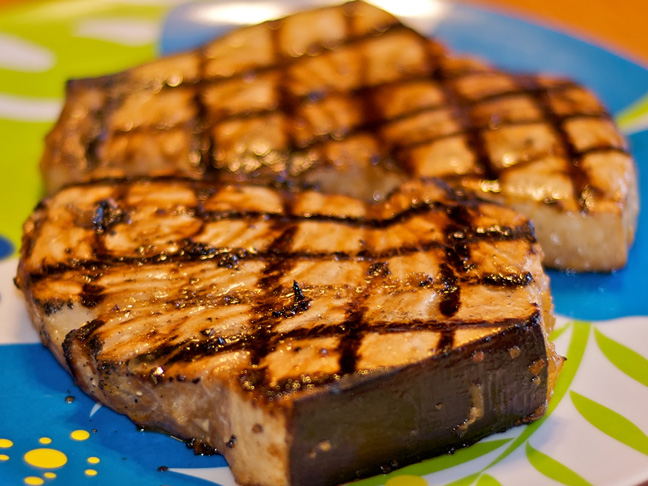
While fish is a lean protein and an excellent source of healthy omega-3 fatty acids, many kinds contain high levels of toxic mercury. "You don't want to eat high-mercury fish like tuna, swordfish, sea bass, and mackerel more than once per week," Lisa De Fazio, RD advises. "Even lower mercury fish should probably be limited to just 3 times per week."
Photo: Getty -
Bottled Salad Dressing
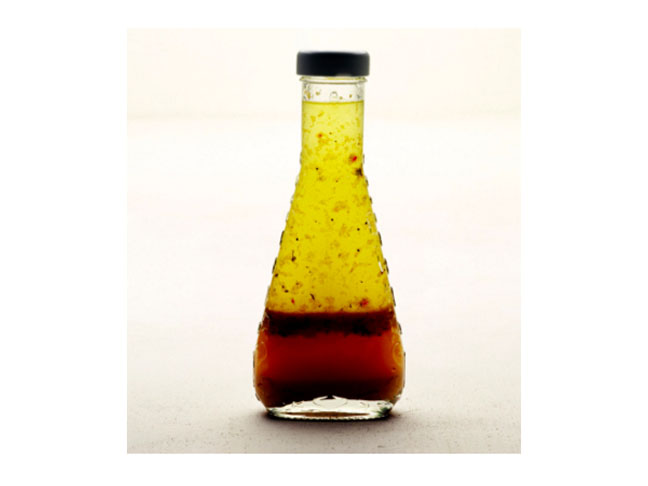
Salad dressing seems like a healthy choice -- you're putting it on a salad, right? But most store-bought dressings are loaded with high fructose corn syrup, genetically engineered oils, MSG, and other disturbing additives, according to Rodale's Organic Life. For a healthier option, create your own vinaigrettes with ingredients you can trust.
Photo: Getty
-
Bottled Green Juice
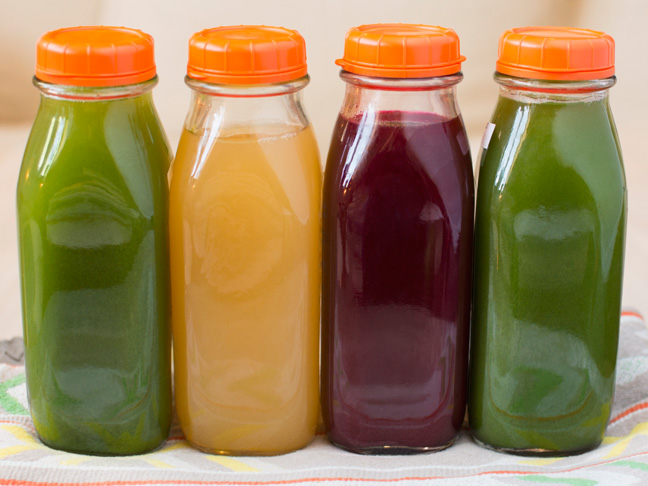
While it's great to get in your greens any way you can, be wary of the store bought brands. They often contain added sugars that make them not quite the healthy option they claim to be. The better bet is to go to a juice bar, where it's made in front of you, or to make your own green juice at home!
Photo: Getty -
100 Percent Fruit Juice

Although 100 percent fruit juices contain a lot of vitamins and minerals, they are also brimming with calories from sugar. Skip the juice all together and eat your fruit, rather than drinking it.
Photo: Getty
-
Margarine
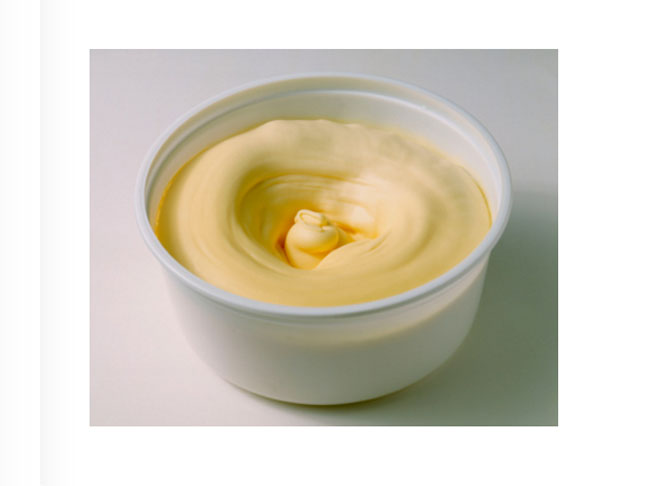
I grew up on margarine, but have since learned that butter is better -- a superfood, in fact! The truth is, margarines is artificial, and many brands contain trans fats. Stick to healthier oils for cooking, and whipped butter (which is lighter and less dense) for spreading.
Photo: Getty
-
Bran Muffins
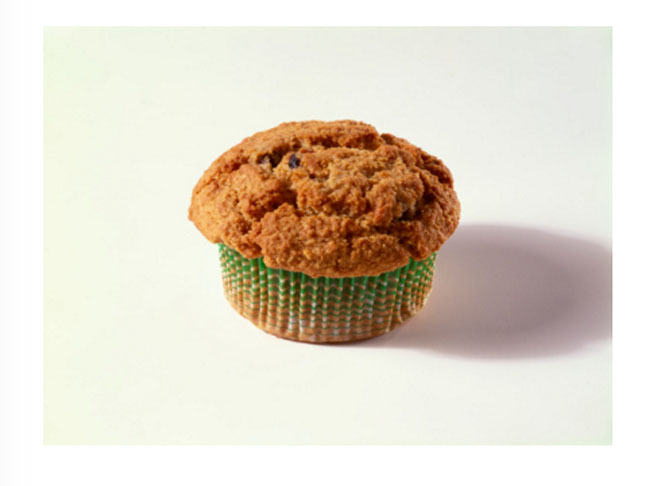
Though bran does does have nutritional value (like fiber, protein, and dietary minerals), the real problem is portion size. A store-bought bran muffin could contain more than 400 calories, and be loaded with saturated fat and sodium. Try baking your own muffins, if you have time!
Photo: Getty
-
Sports Drinks
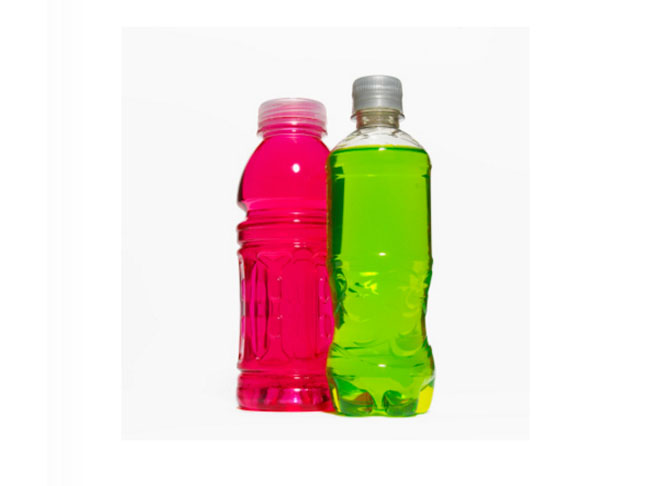
Many of us grab a sports drink after a workout in order to get important electrolytes back into our bodies, but many are full of questionable supplements and are high calorie. Unless you've done a super intense workout or a marathon or something, skip the energy drinks altogether.
Photo: Getty
-
Instant Oatmeal

As my mom always used to say, "Oatmeal's great because it really sticks to your ribs." It can fill you up for hours and give you lots of energy. So why am I always starving after a bowl of instant oats? For one thing, all those flavor varieties are loaded with sugar, and they don't have the same fiber and protein as regular oats. To be honest, instant oatmeal isn't even that big a time saver. Try making a batch of oats high in protein and fiber (rolled or steel cut) and reheat on demand, adding your own fresh fruit for flavor.
Photo: Getty
-
Dried Fruit
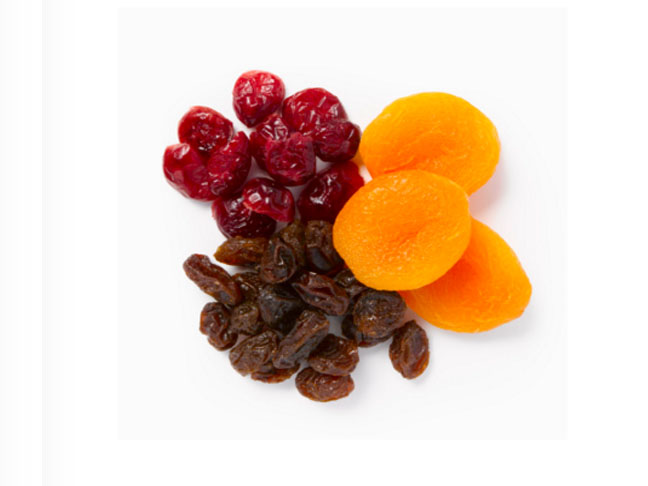
Dried fruit sounds harmless, but it has a lot more sugar than fresh fruit. Sometimes you can even see it, coating an innocent slice of mango or pineapple. Not to mention, it's really bad for your teeth. Stay away from the dried stuff and pick fruit fresh instead!
Photo: Getty
-
Veggie Omelette
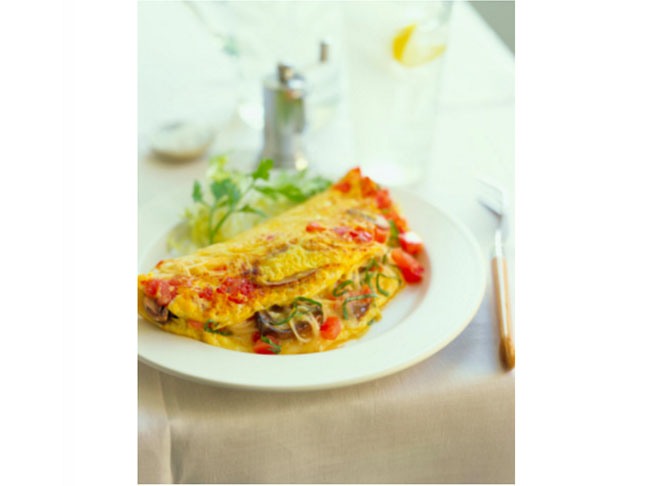
When you're out for brunch, opting for a veggie-filled omelette may seem like a healthy option, but once you factor in the butter or oil used to fry the omelette, and that the vegetables are sautéed in oil, you really start to pack on the fat and calories. Still longing for eggs at brunch? Opt for poached eggs and a side of fresh fruit.
Photo: Getty
-
Reduced-Fat Peanut Butter

It's true, peanut butter is very high in fat. However, a lower-calorie peanut butter comes at a price: sugar. According to US News and World Report, there are more refined carbs in reduced-fat peanut butter, which spike blood sugar. If possible, make your own peanut butter in the food processor and don't be fooled by any added ingredients.
Photo: Getty
-
Rice Cakes
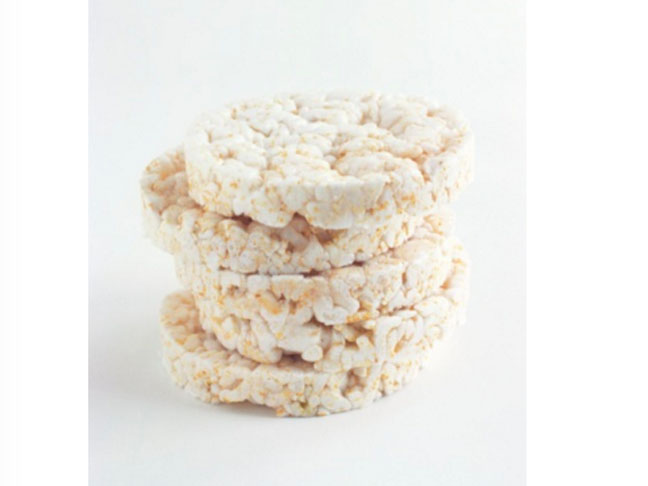
Rice cakes used to be a dieter's best friend, but the truth is, they have an exceptionally high ranking (82 out of 100) on the glycemic index, meaning that they will spike your blood sugar, in addition to being low in fiber and high in sodium.
Photo: Getty
-
Diet Soda

Just because it's called "diet" and is calorie-free, doesn't make it good. Diet sodas are made with artificial ingredients, chemicals, and flavorings. They have way too much sodium, too.
Photo: Getty
-
Trail Mix
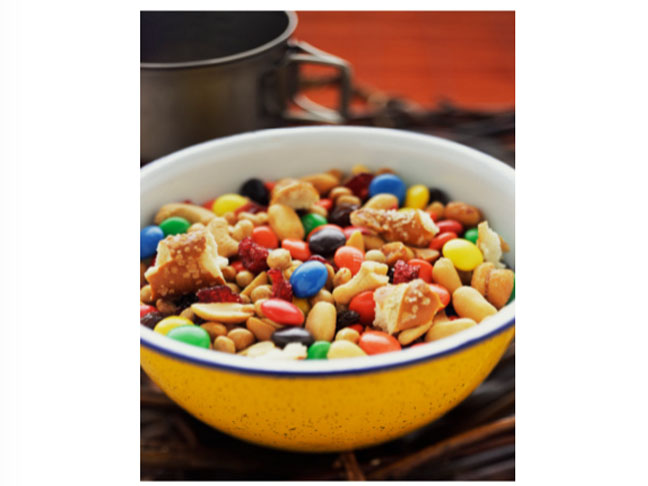
A mixture of carbs, protein, and fiber make a great snack, but the store-bought versions usually have unhealthy extras, like chocolate, yogurt-covered raisins, sugary dried fruits, or salty nuts. It's just as easy to make your own trail mix, and the kids will have fun helping!
Photo: Getty
-
Yogurt Pretzels
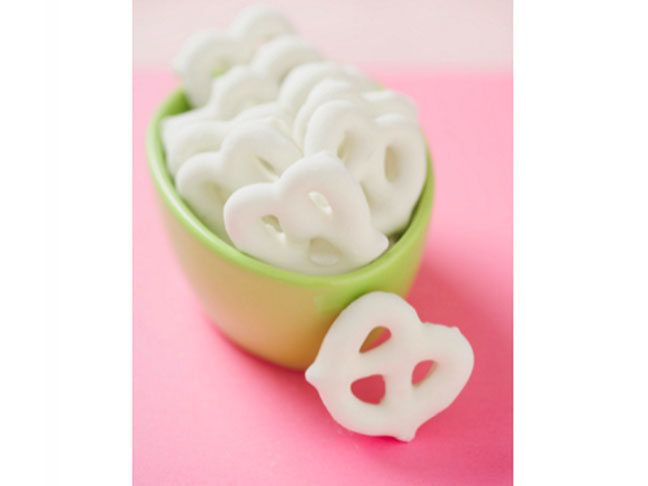
Yogurt covered pretzels sound like a healthy alternative to something chocolate covered, but they are loaded with sugar and partially hydrogenated oil, adding saturated and trans fats to the mix. If you're looking for a yogurty snack, try some actual yogurt (Greek, preferably) and add fresh fruit and toasted nuts for crunch.
Photo: Getty
-
Banana Chips
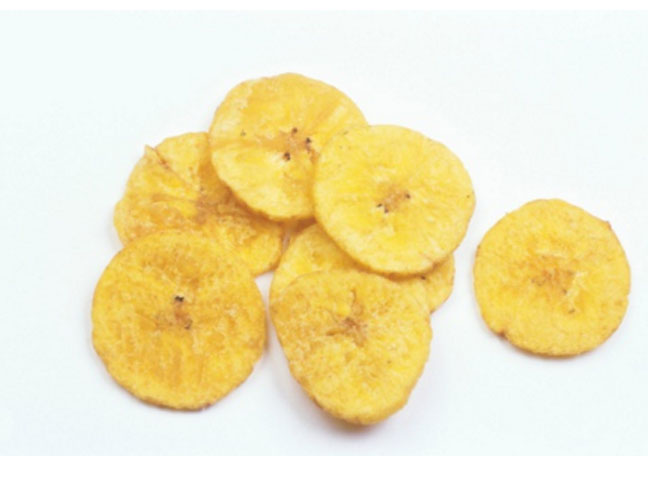
Bananas are healthy, right? Well, not when they're soaked in oil and deep fried. These crunchy munchies are brimming with saturated fat and lacking the original banana's fiber, potassium, and vitamin C. Not to mention, it is 150 calories for a single serving, which is only 13 chips. Instead, slice up a banana and freeze it, if you're looking for a banana-based treat.
Photo: Getty
-
Fruit Snacks
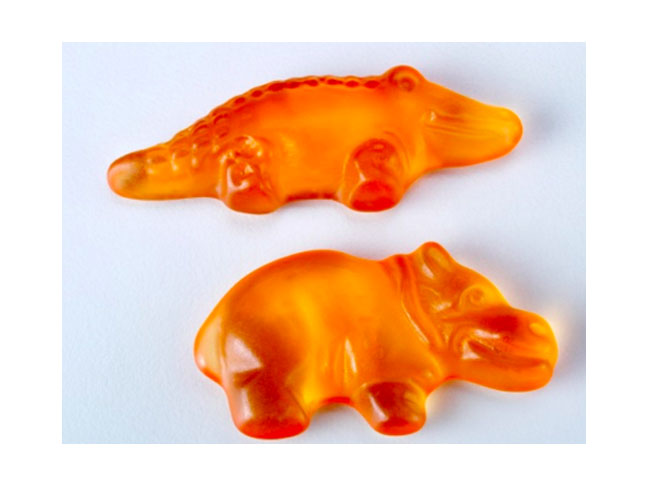
Kids love those cute little gummy fruit snacks, but even the natural variety are loaded with sugar and are basically just candy. Toss the gummies and stick with real fruit, which contains more fiber and vitamin c.
Photo: Getty
-
Granola Bars

Granola bars are a handy, on-the-go snack, but in addition to the dried fruit, salty nuts, and maybe even chocolate chips speckled throughout, they are very high in sugar (often high fructose corn syrup) and are not very nutritious at all.
Photo: Getty
-
Protein Bars
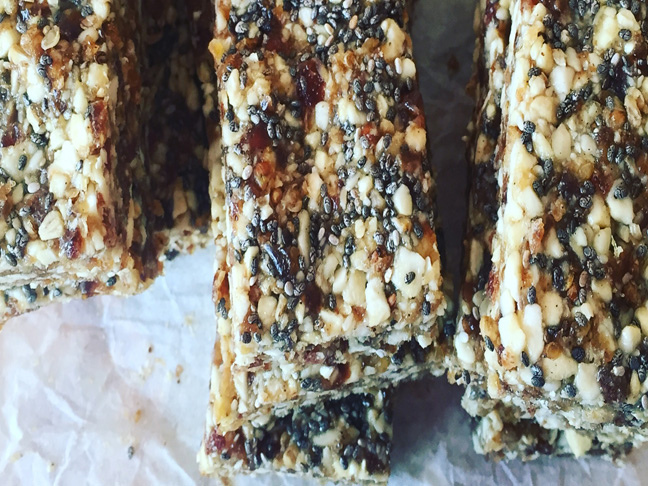
Snack bars are certainly convenient, but read the ingredients and the calories. They're often processed, containing high fructose corn syrup and other items you can't pronounce. Even the organic ones can often contain as much as 300 calories, which is more than you would want from a post-workout snack.
Photo: Getty
